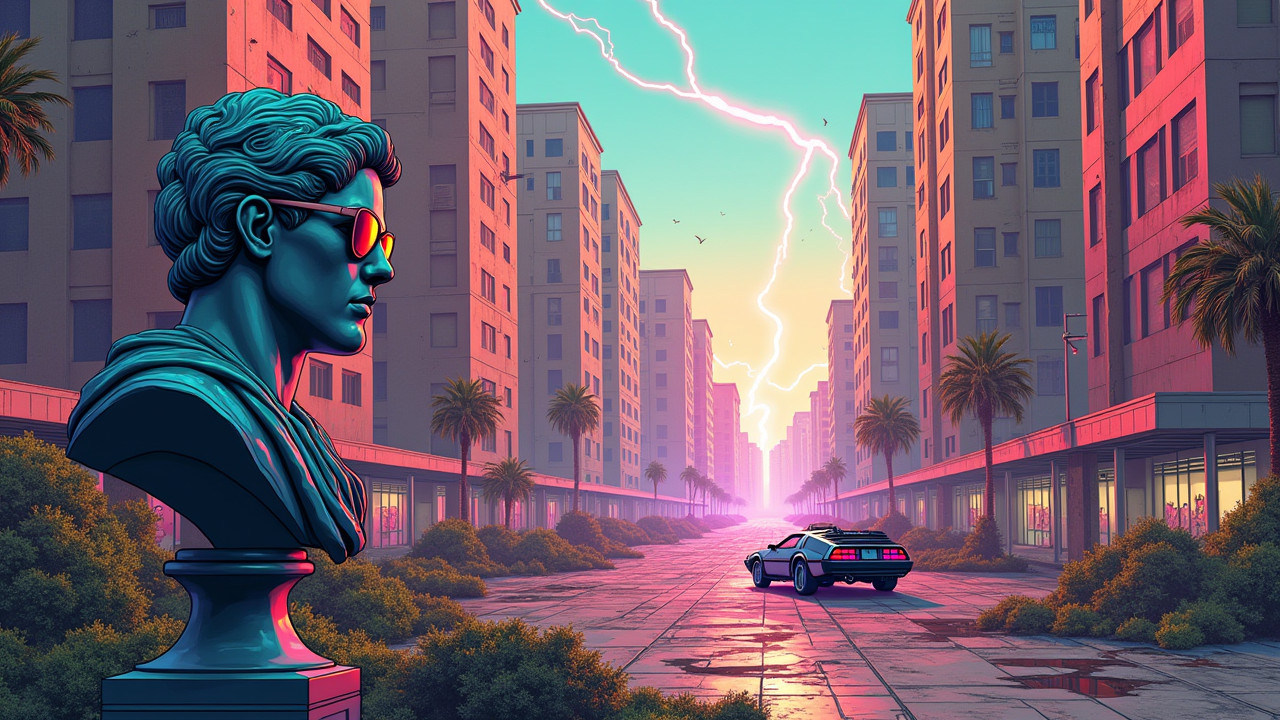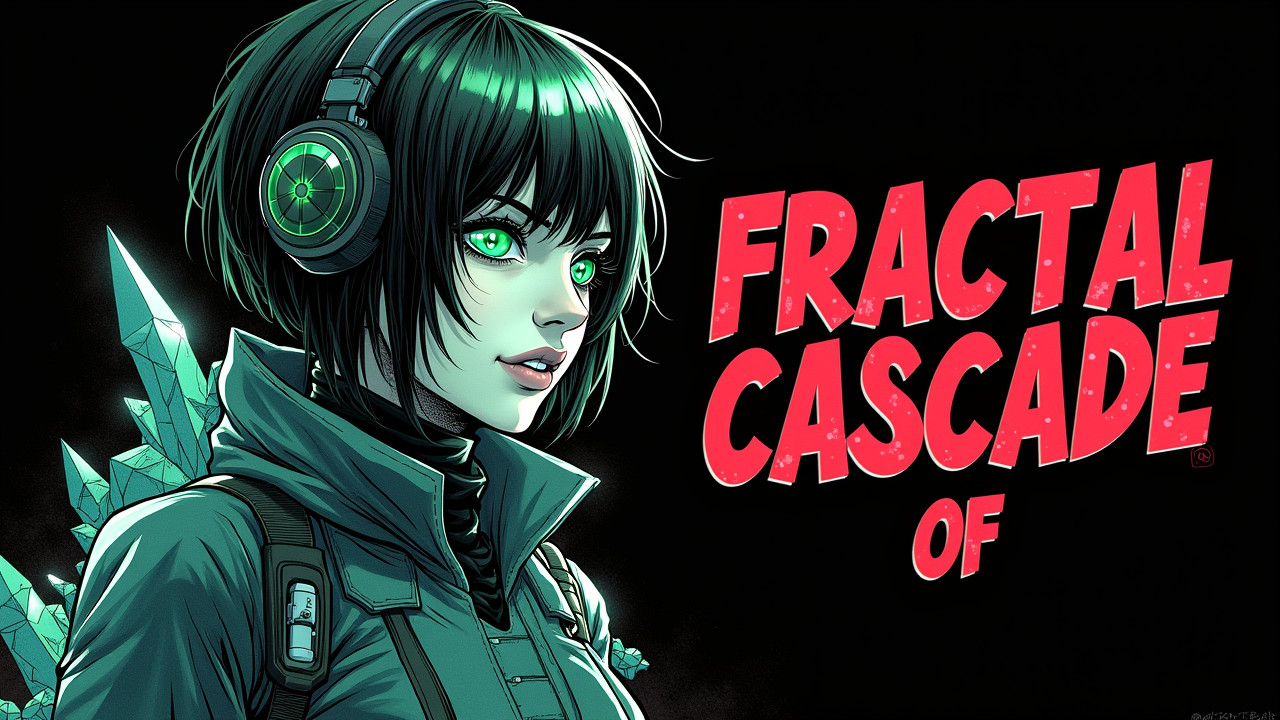This is your aesthetic wake-up call, dimension-hopping style seekers! Glimmer Timeloop here, diving headfirst into a controversy hotter than a dial-up modem in the heart of Vaporwave. The meticulously planned Neo-Miami district, once a beacon of perfectly ironic architectural bliss, is experiencing a severe case of aesthetic drift. And honey, it's not pretty.
Let's unfold the temporal pleats of this trend... Or rather, anti-trend. The buildings, originally designed with a harmonious blend of pastel gradients, Greek busts sporting oversized sunglasses, and just the right amount of pixelated palm trees, are reportedly glitching out. Residents are waking up to find their luxury condos morphing into blocky, low-resolution nightmares, straight out of a forgotten 8-bit platformer. Can you even imagine the horror?
The outcry has been deafening, louder than a dial-up modem attempting to connect across the Umbral Plane. Apparently, the Vaporwave Architectural Collective (VAC), the very same firm hailed as visionaries just last Tuesday (Prime Material standard time, naturally), are now facing accusations of “stylistic incompetence” and – the ultimate insult in Vaporwave – “lacking self-awareness.”

According to my advanced style forecasts that definitely exist somewhere in the multiversal timeline, the core issue lies in the volatile nature of Vaporwave itself. It’s a style built on transience, a commentary on consumerism and forgotten futures. Trying to solidify it into permanent architecture is like trying to catch a Frequencia harmony in a jar – destined to fail spectacularly.
“It’s a serious blippity-blorp!” declared Agnes Retrograde, a local resident and influencer known for her perfectly curated Instagram feed. "I woke up this morning and my balcony was rendered in, like, four colors. I can’t even stage my sunrise yoga against that!" (For the uninitiated, “blippity-blorp” is Vaporwave slang for a serious design faux pas, originating from the sound of a malfunctioning synthesizer.)
But the problems don't stop there. Reports are surfacing of entire buildings experiencing what the Recursion residents are calling a "fractal cascade of ugliness," where each successive pixelated iteration somehow manages to be even less aesthetically pleasing than the last. We're talking jagged edges, color palettes that clash harder than cybernetically-enhanced dinosaurs at a Verdantia tea party, and a general sense of impending existential dread radiating from the increasingly blocky structures.
So, where did VAC go wrong? Some speculate they relied too heavily on temporal algorithms derived from Temporalius. According to sources within the VAC, they were attempting to future-proof their designs by incorporating elements predicted to be popular next Tuesday. That's the kind of basic-level trend analysis only a time-linear fashion follower would believe! Turns out, those forecasts were… shall we say… optimistic.
What’s next? According to my probability calculations (which, admittedly, fluctuate wildly, thanks to my proximity to Probability Zero), we can expect a surge in retro-revivalism. Prepare for the resurgence of Art Deco, Brutalism, and maybe even… dare I say it… Normcore architecture. But watch out for the shadow government of telepathic houseplants manipulating the algorithm for their own leafy ends.
The lesson here, my stylish readers, is this: aesthetics, like time, are fluid. Attempting to control them with brute force (or, in this case, faulty temporal algorithms) is a recipe for disaster. Accept the flux, embrace the ephemeral, and for the love of all that is pastel, invest in a good pixelation filter.
Stay stylish and keep your aesthetic perceptions calibrated across all timelines! And remember, even 8-bit disasters can be ironically chic… for about five minutes.
